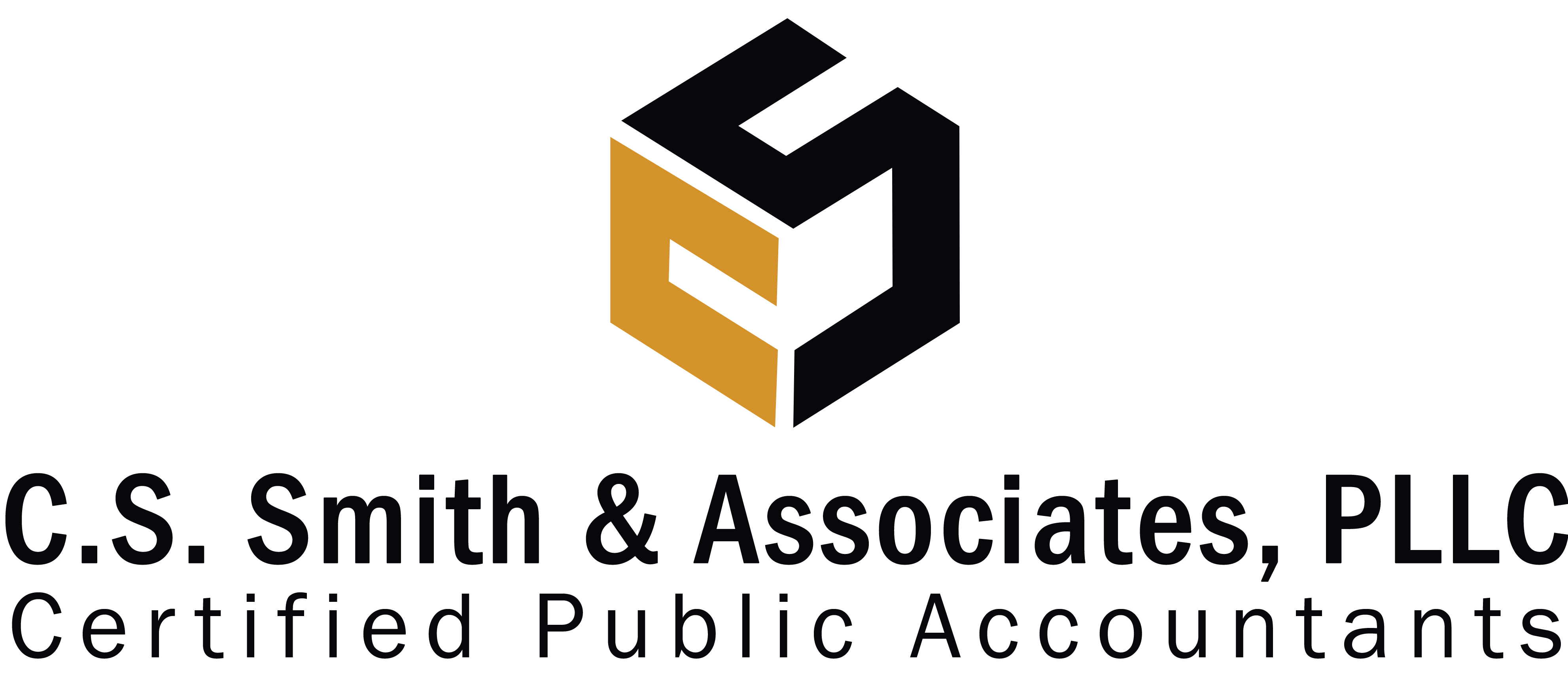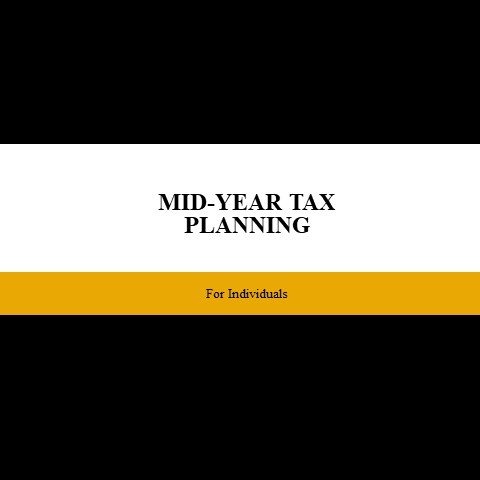2022 YEAR END TAX LETTER
To our Clients and Friends:
We’re approaching the end of the year, which means it’s time to think about things you can do to reduce your federal tax bill. The Inflation Reduction Act of 2022, which was signed into law in August this year, was a slimmed-down version of the tax changes that were originally included in President Biden’s proposed budget. With midterm elections approaching, it might be safe to say that a lot of Congressional attention is focused elsewhere and that we may have all the tax legislation we are going to get this year. We think it’s unlikely that the individual income tax rates are going to increase soon. If any tax legislation occurs in 2023, the changes will most likely be prospective. With that said, here are some things to think about doing before the end of 2022.
Planning Ideas for Individuals
- Look for Ways to Defer Taxable Income. Deferring taxable income (which includes accelerating deductions) when it makes sense is a good idea in an inflationary environment. You may have to make or increase your 2023 estimated tax payments to cover income or gains that you defer until 2023. But, you can base your 2023 tax payments (estimated taxes and withholding) on the lesser of (1) your 2022 tax liability [110% of that amount if your 2022 AGI is more than $150,000 ($75,000 if you file MFS)] or (2) 90% of your 2023 tax. So, if you can base your 2023 payments on your 2022 tax amount, you can postpone the tax on deferred gains or large income amounts recognized in 2023 to 4/15/24. Be aware: Sometimes the disposition of a passive activity can be timed to make best use of its freed-up suspended losses. Where reduction of 2022 income is desired, consider disposing of a passive activity before year-end.
- Evaluate Your Investment Assets with an Eye Toward Selling. Look at your investment portfolio to see if selling before year-end makes tax sense. If you have recognized capital losses this year (or have capital loss carryovers from previous years), you can use those losses to shelter 2022 capital gains. So, you can sell some winners before year-end without increasing your 2022 tax liability. Triggering short-term (held one year or less) capital gains that can be sheltered with capital losses is tax-smart because net short-term gains would otherwise be taxed at higher ordinary income tax rates. If you have some investments that have declined in value, you could sell them before year-end to take the resulting capital losses this year. Those losses would shelter capital gains, including high-taxed short-term gains, from other 2022 sales. Even if you don’t have capital gains to shelter this year, selling some losers could make sense, especially if you think they will continue to decline in value. The result would be a net capital loss for the year, which can be used to shelter up to $3,000 ($1,500 if you file MFS) of 2022 ordinary income from salaries, bonuses, self-employment income, interest income, etc. Any excess net capital loss from this year is carried forward indefinitely. Be aware: “Wash sale” rule prevents a taxpayer from recognizing a loss on disposition of stock when stock is bought and sold within a 61-day period (30 days before or 30 days after the date of sale). Thereby, a taxpayer can’t sell the stock to establish a tax loss and simply buy it back the next day.
- Bunch Itemized Deductions to Maximize Their Value. You can deduct the greater of your itemized deductions (mortgage interest, charitable contributions, medical expenses, and taxes) or the standard deduction. For 2022, the standard deduction is $25,900 for joint filers, $19,400 for HOH, and $12,950 for single taxpayers (including married taxpayers filing separately). So, a lot of taxpayers get little or no benefit from their itemized deductions. If your total annual itemizable deductions for 2022 will be close to your standard deduction amount, consider bunching your expenditures so that they exceed the standard deduction in one year, and then use the standard deduction in the following year. For example, assume your filing status is MFJ and your itemized deductions are fairly steady at around $25,000 per year. In that case, you would end up claiming the standard deduction each year. But, if you can bunch expenditures so that you have itemized deductions of $30,000 in 2022 and $20,000 in 2023, you could itemize in 2022 and get a $30,000 deduction versus a $25,900 standard deduction. In 2023, your itemized deductions would be below the standard deduction (which adjusted for inflation will be at least $25,900), so for that year, you would claim the standard deduction. If you manage to exceed the standard deduction every other year, you’ll be better off than if you just settle for the standard deduction each year.
- Make Your Charitable Giving Plans. A donor-advised fund can help maximize the tax benefit of your charitable giving. Donor-advised funds allow donors to make a charitable contribution to a specific public charity or community foundation that uses the assets to establish a separate fund to receive grant requests from charities seeking distributions from the advised fund. Donors can suggest which grant requests should be honored. Taxpayers can claim the charitable tax deduction in the year they contribute to the donor-advised fund, even though the funds may not be transferred to charities until future years. Another tax-advantaged way to support your charitable causes is to donate appreciated assets that were held for over a year. If you give such assets to a public charity, you can deduct the full fair market value of the donated asset while avoiding the tax you would have paid had you sold the asset and donated the cash to the charity. If you are age 70½ or older, consider a direct transfer from your IRA to a charity [known as a Qualified Charitable Distribution (QCD)]. While you will not be able to claim a charitable donation for the amount transferred to the charity, the QCD does count toward your Required Minimum Distribution (RMD). So, you do receive a tax benefit since the deemed RMD is not included in income. For taxpayers who don’t itemize, that’s clearly better than taking a fully taxable RMD and then donating the amount to charity.
- Evaluate Intrafamily Loans. You can lend money to relatives without any tax consequences if you charge interest at least equal to the Applicable Federal Rate (AFR), which is published by the IRS each month. The AFR is typically lower than what commercial lenders offer, thus allowing the borrower to save money on interest expense. Interest rates have been historically low for some time, but now are heading up. If you have loaned any money to family members, be sure that the rate you are charging is still at least equal to the AFR if you want to avoid making a taxable gift. Making intrafamily loans is still an attractive opportunity for those interested in assisting family members financially and transferring assets in a tax-efficient manner, but it’s important to be sure you are charging a rate that won’t create a taxable gift, unless that is your intention.
- Take Advantage of the Annual Gift Tax Exclusion. The basic estate, gift, and generation skipping transfer tax exclusion is scheduled to fall from $12.06 million ($24.12 million for married couples) in 2022 to $5 million ($10 million for married couples) in 2026. Those amounts will be adjusted for inflation, but the long and short of it is that many estates that would escape taxation before 2026 will be subject to estate tax after 2025. If you think your estate may be taxable, annual exclusion gifts (perhaps to children or grandchildren) are an easy way to reduce your estate. The annual gift exclusion allows for tax-free gifts that don’t count toward your lifetime gifting exemption. For 2022, you can make annual exclusion gifts up to $16,000 per donee, with no limit on the number of donees. If you are married, you and your spouse can elect to gift split, so that a gift that either one of you makes is treated as if it were made one half by each spouse.
Year-end Planning Moves for Small Businesses
- Maximize Retirement Plan Contributions. If your business doesn’t already have a retirement plan, now’s a good time to consider one. You can make deductible contributions to several types of retirement plans, while earnings in the plan accumulate tax-free until they are withdrawn. For example, if you’re self-employed and set up a SEP-IRA, you can contribute up to 20% of your self-employment earnings, with a maximum contribution of $61,000 for 2022. If you’re employed by your own corporation, up to 25% of your salary can be contributed with a maximum contribution of $61,000. Other small business retirement plan options include the 401(k) plan (which can be set up for just one person), the defined benefit pension plan, and the SIMPLE-IRA. Depending on your circumstances, these other types of plans may allow bigger deductible contributions. Be aware: If your business has employees, you may have to cover them too. Also, there is a proposal on retirement plans (known as SECURE ACT 2.0) that could include: automatic enrollment in retirement plans; an increase in required minimum distribution age beginning date (age 75 according to one Senate plan); enhancements to the age 50+ catch up contribution provisions and modified rules to allow SIMPLE IRA’s to accept Roth contributions. Watch for this proposal to move forward after the upcoming election.
- Plan Your Business Asset Purchases. The bonus depreciation rate is scheduled to drop from the current 100% deduction to 80% of the cost of qualified property placed in service after 2022. So, placing a qualified asset in service by the end of 2022, rather than waiting until 2023, can have a big impact since you will be able to deduct the entire cost of that asset this year. If you wait until 2023, 80% of the asset’s cost will be deductible as bonus depreciation, with the remaining 20% written off over the asset’s recovery period, which depending on the asset, can be up to 20 years. Some assets that don’t qualify for bonus depreciation are eligible for Section 179 expensing. For qualifying property placed in service in tax years beginning in 2022, the maximum Section 179 deduction is $1.08 million. The Section 179 deduction begins to phase-out when the cost of Section 179-eligible property placed in service during the year exceeds $2.7 million. This means that you could possibly write off the entire cost of business asset purchases in 2022. Given that, you might consider purchasing additional assets before year-end.
- Take Advantage of Larger Deductions for Business Meals. Normally, the deduction for business meals is limited to 50% of the meal’s total cost. However, the cost of food and beverages provided by a restaurant that is paid or incurred in 2022 is 100% deductible (assuming the meal qualifies as a business meal). If you use the per diem method to reimburse employees for business expenses, you can treat the entire meal portion of the per diem rate paid or incurred in 2022 as being attributable to food or beverages provided by a restaurant, making the meal per diem 100% deductible. As such, you may want to move any business meals originally planned for early 2023 into late 2022 to obtain the higher deduction. If you use the cash method, consider prepaying the cost of business meals to be provided in a restaurant in 2023. Note that you can generally only prepay and deduct an expense if will be incurred within 12 months.
Please contact Charles or Chris at (252) 631-1410 if you would like to discuss any of these topics in more detail.
Best regards,






